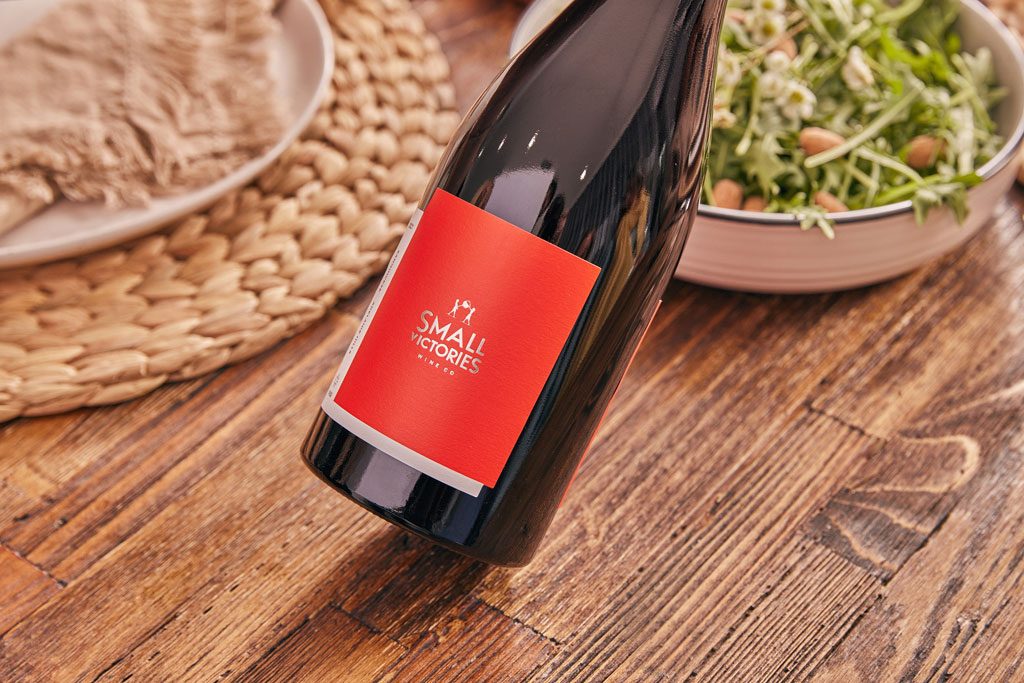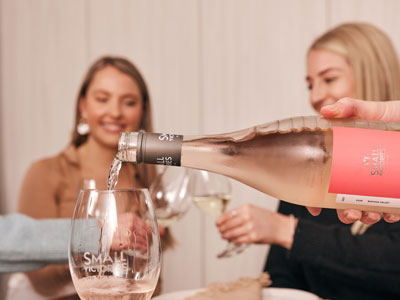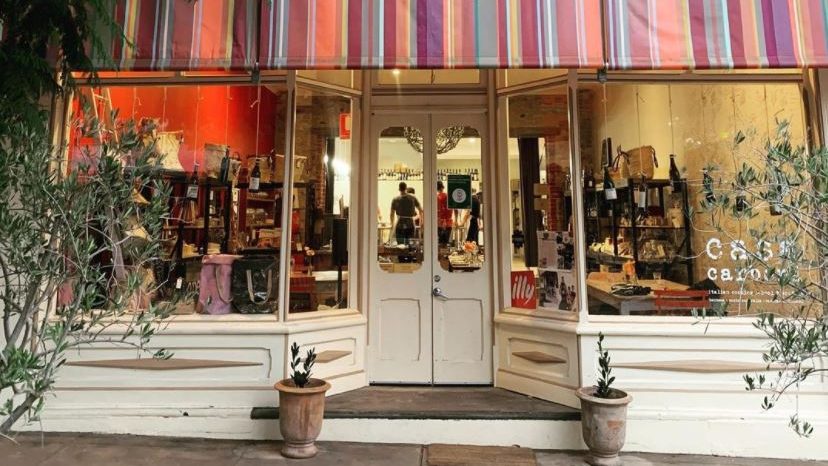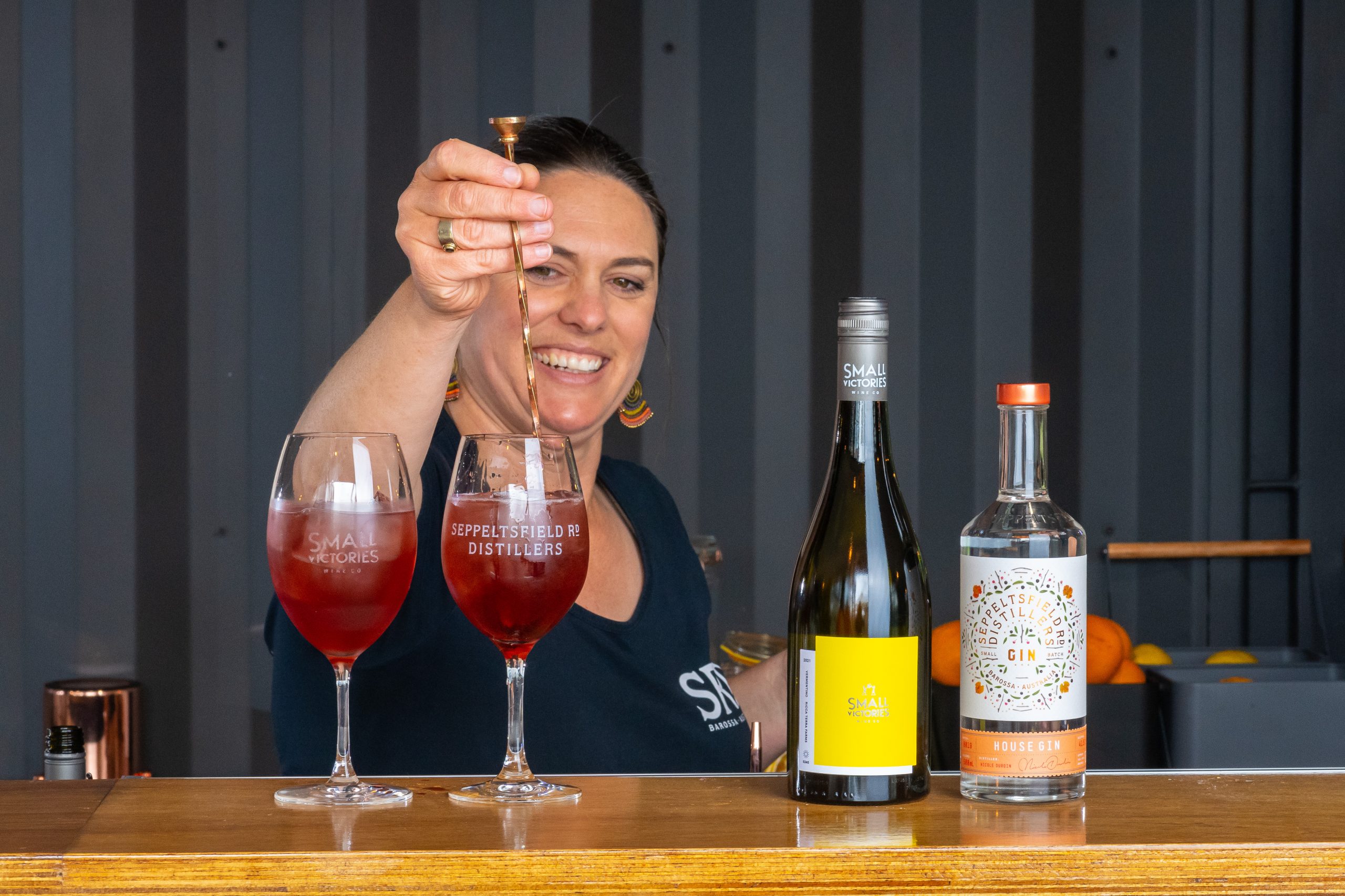We recently caught up with Melissa Moore to chat about how to choose off a wine list when you’re at a restaurant. It can be really daunting – so much choice and sometimes very little information!
Melissa is formerly the Head Sommelier at Merivale, so knows all about building wine lists (at such venues as ivy, Coogee Pavilion, Hotel CBD and more). She is currently a wine writer and wine judge and has the fun task of being a wine buyer for Good Pair Days.
We did a little Q&A to capture Melissa’s tips on how to choose a wine when you’re out for dinner…
For someone who isn’t an expert in wine, it can be daunting to look at a list and be confident in choosing a wine. To give some insight, as a sommelier, how would you choose wines to be on a list?
As a sommelier when I’m choosing wines for a list, the most important thing is balance; to have a good spread of price options, from fun and affordable bottles up to celebratory, more expensive ‘splurge’ wines, with a big choice of options in between.
Also, I like to have a balance between little known and smaller, up and coming producers that you can introduce to your dining guests, and the big winery names that diners recognise like old friends. I also love to balance lighter, food friendly styles of wines to match the restaurant’s cuisine, against bigger and bolder, oaked and higher alcohol wines that many people love.
And finally, I like to balance the list across minimal intervention wines, and organic or biodynamic, alongside conventional winemaking, and to have vegan options too so that all guests feel included.
If I’ve picked what I want to eat off the menu, how can I choose the best wine for my meal?
Generally it’s a good idea to start light and finish heavy, as you would a meal. So traditionally, you’d begin with Champagne or sparkling wine with the lightest course, for example oysters, and then you’d usually eat something a bit more substantial for entree, so you’d follow that with something a little heavier wine-wise. And so onto the main course; would generally be something meaty that you’d drink with red wine, then to cheeses and dessert and something sweet to drink. The flavours tend to become heavier and more complex with each course, and so therefore you need to up the ante with each style of wine.
Back in the day you’d hear ‘white wine with fish, red wine with meat’, but that didn’t necessarily take into account what sort of fish or meat it was, how it was cooked, or even what it was being cooked in or served with. So you could serve BBQ’d tuna steak with pinot noir, or roast chicken with chardonnay and totally flip that idea on its head!
Also, what is interesting about the way we eat now is that it’s a lot more casual; we eat ‘family style’, sharing dishes a lot of the time. Many wine styles work well over a multitude of flavours; I’d think of dry rosé or an Italian white variety such as vermentino as excellent choices when sharing a heap of antipasto plates, seafood, pasta dishes and light meats – but many of us prefer one style of wine over another too, so it’s important to work out what your group’s common ground might be when ordering.

If I don’t know much about wine, how do I go about asking to talk to someone in the restaurant about the wines on the wine list?
Many restaurants have knowledgeable wine staff, so if you have a question or need a recommendation, ask your waiter if they’re familiar with the wine list or if there might be someone you can talk to about the wines.
Often there may be just one sommelier working on a shift so this is the opportunity for them to come and chat to you, and they will be able to guide you through a few options, especially if you’re able to give them an idea of price and the kind of wine you usually like to drink – or like to avoid!
And if there isn’t someone to ask about the wines (eg at that amazing local Thai restaurant that has a wine list, but not someone who knows about the wines) how do I then decide what to try?
In this situation it is always easy to do a little googling – ie ‘best wine for Thai food’, or ‘best wine for Massaman curry’ and you’ll find pages of suggestions, some greater than others!
Best to remember that herbal, spicy food doesn’t like much oaked wines, so stick with lighter, aromatic styles like fiano, pinot gris, or orange skin-contact wines. Pinot noir and sangiovese are great options too as they tend to be lighter than other red varieties, and have food-friendly acidity.

If I’ve chosen a wine by the glass, how can I be sure it is still fresh and drinking the way it should?
Top tip: the busier the restaurant, the more chance the open wines will move!
Ideally the wine should be poured in front of you, so you’ll be able to see the bottle, but if there is any doubt about the wine’s freshness, speak up! Your wine should smell and taste good, and not vinegary, porty, or flat.
If you’re being recommended wine by the glass that you’ve not tried before, ask if you can try a taste before you commit to the glass. Restaurant staff want you to have the best possible time, and if you’re not happy with your wine, chat to the team about it, and ask them if it’s meant to taste like that.
Sometimes oxidised or TCA-affected (also known as ‘corked’) wines can slip past the most assiduous wine team, so it is always best to raise the issue.
Great restaurants may also list rare, premium and expensive wines by the glass, using a preservation system like Coravin that replaces oxygen in the opened bottle with inert gas. With this system in place, you can feel safe knowing that the wines have been looked after and are in top condition!
What are your top 5 tips for someone choosing a wine off of a wine list?
- Read the menu as well as the wine list. Often I choose a dish first and then match the wine, but at other times the wine will choose the food… see which grabs you first and plan around it!
- Speak to the sommelier, after all it’s their list and they will know every single wine on the list, and probably off it too! They may have a better option, even if you think you’ve already decided.
- Always have an idea of price and don’t be embarrassed to name it!
- In a group? Gauge the style or colour of wine, and also how many bottles you’ll need. In a large party, you may want to order a couple of distinct styles for each course for people to choose from. And definitely order more than one bottle!
- And lastly, and most importantly, sit back, relax and enjoy the experience as the wine is poured and you take your first sip!
How to choose a wine
We hope these tips can help you to feel more confident next time you’re looking at a wine list!
Thanks again to our guest blogger, Melissa Moore.




